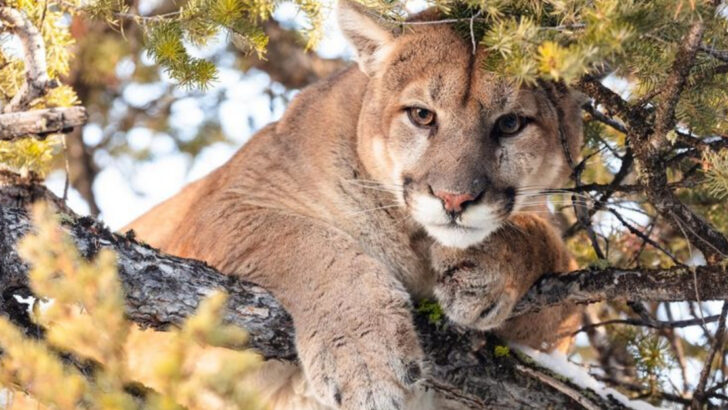Some animals look cute—until they don’t.
One second, it’s just you and a wild deer in the woods. The next? Antlers flying. That’s the thing about America’s wildlife: it can flip the script in a heartbeat.
We’re talking jaw-snapping gators, surprisingly aggressive swans, and moose that do not care how magical they look in winter fog. Whether you’re hiking, fishing, or just refilling a bird feeder, the wild doesn’t come with warning signs.
This isn’t about fear—it’s about respect. These 21 encounters remind us that nature plays by its own rules. And sometimes? It doesn’t play nice.
Grizzly Bear
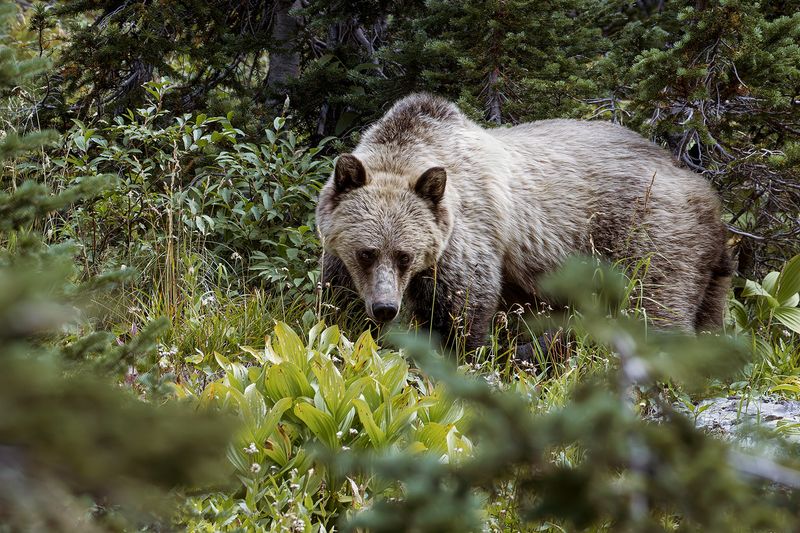
Imagine hiking through the lush forests of Yellowstone when suddenly, a grizzly bear emerges. With a size that can dwarf a human, these bears command respect. Though generally avoiding humans, their protective nature over cubs can lead to dangerous encounters.
Grizzly bears are iconic symbols of North America’s wilderness, often seen foraging for berries or catching fish. Despite their formidable appearance, they play a vital role in their ecosystem.
Did you know? Grizzlies can run up to 35 miles per hour, making escape unlikely if one feels threatened.
American Alligator
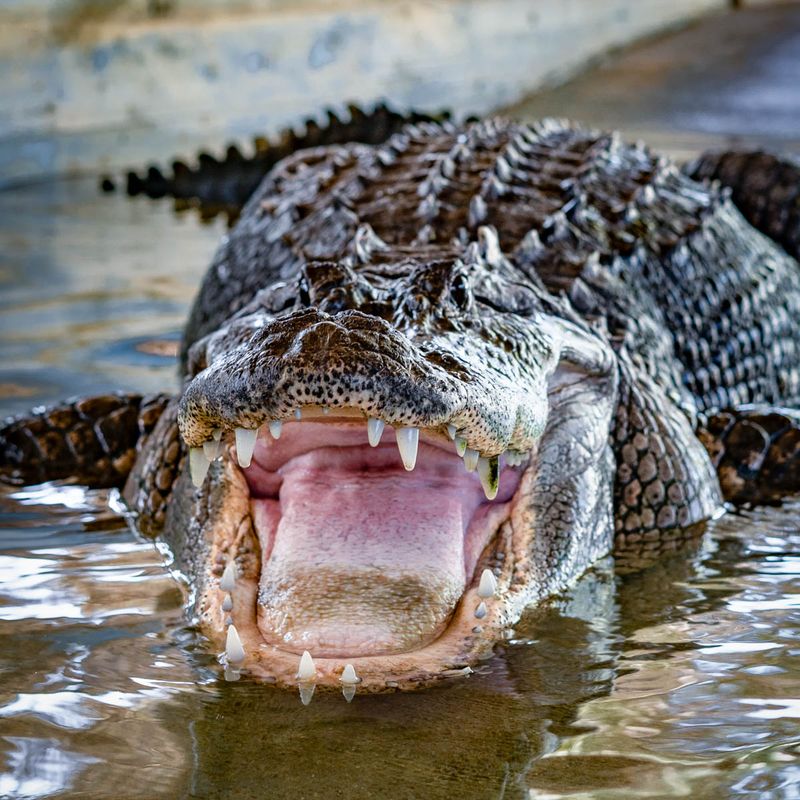
In the waterways of the southeastern U.S., the American alligator reigns supreme. These ancient reptiles can be seen sunning themselves on riverbanks or lurking just beneath the water’s surface. Their powerful jaws and swift movements make them formidable predators.
Encounters with these giants are common in places like the Everglades. While they typically shy away from humans, provoking or feeding them can lead to aggressive behavior.
Interesting fact: Alligators have been around for millions of years, surviving even when dinosaurs couldn’t.
Mountain Lion
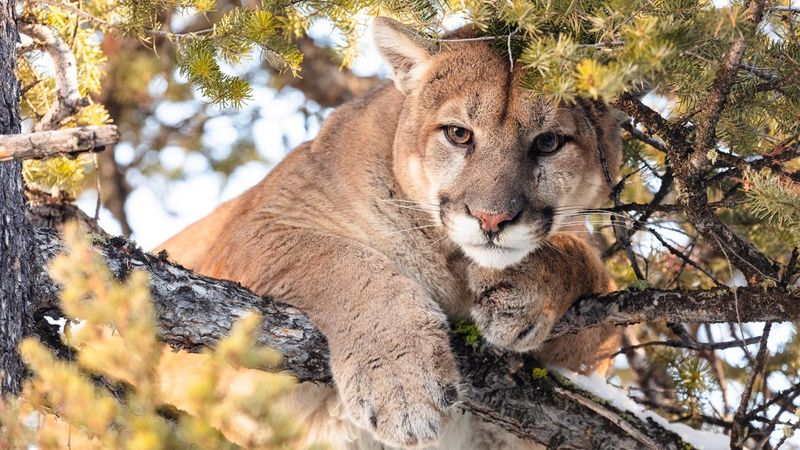
The quiet stalk of a mountain lion can send shivers down anyone’s spine. These elusive cats, found in regions like the Rockies, are masters of stealth. While they prefer deer, their hunting skills can sometimes bring them into human territories.
Mountain lions are solitary creatures, often avoiding humans. However, as urban areas encroach on their habitats, encounters have increased.
Did you know? A mountain lion can leap up to 18 feet high, making them one of nature’s most agile predators.
Rattlesnake
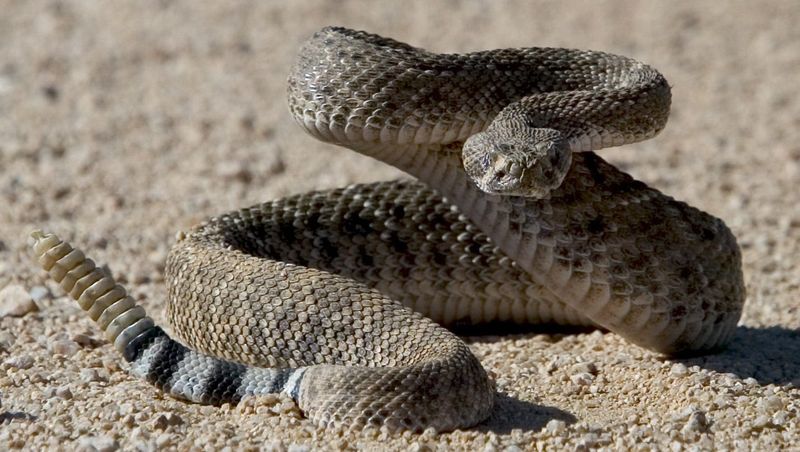
The distinct rattle of a rattlesnake can be both a warning and a fear-inducing sound. Found in deserts and grasslands, these snakes are venomous and should be respected. Their camouflage makes them easy to overlook until it’s too late.
Rattlesnakes play a vital role in controlling rodent populations. While their bites are rarely fatal due to modern medicine, they can cause severe pain and medical issues.
Fun fact: Rattlesnakes add a new segment to their rattle every time they shed their skin.
Bison
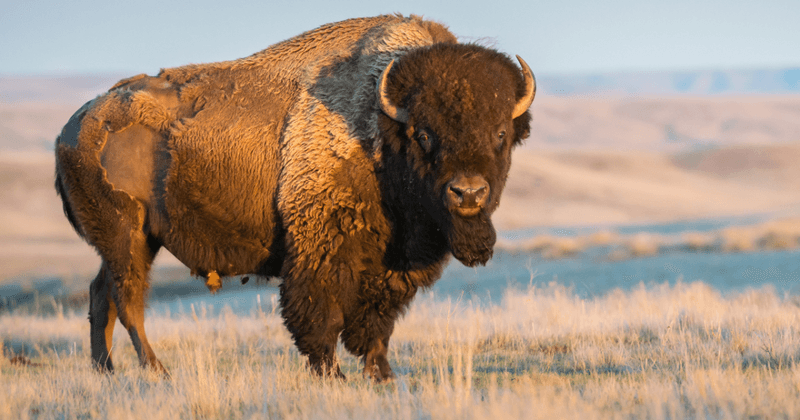
The bison, a symbol of the American frontier, roams the plains with an air of majesty. Weighing over a ton, these animals are not to be trifled with. They can become aggressive when threatened or during mating season.
Despite their size, bison can run at speeds of up to 35 miles per hour. Observing them from a distance is essential to avoid provoking a charge.
Interesting tidbit: Bison were once nearly hunted to extinction but have made a remarkable comeback in protected areas.
Black Bear
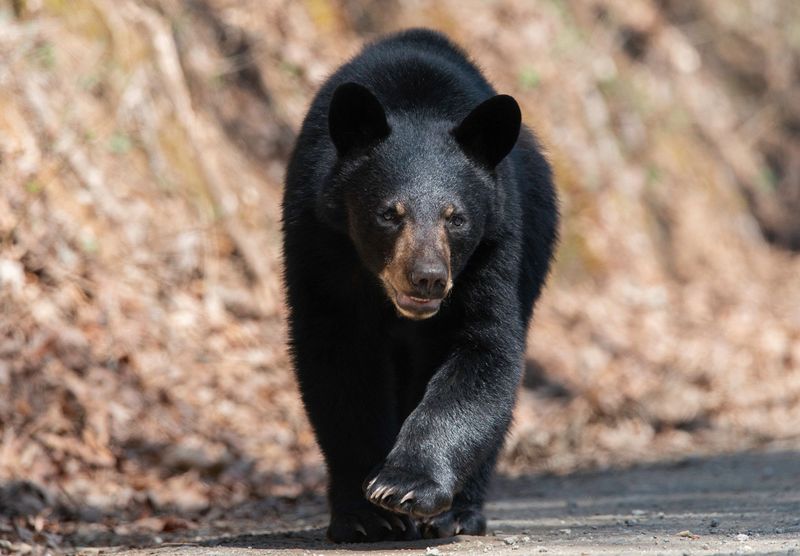
Black bears, with their inquisitive nature, are frequent visitors to campsites in regions like the Appalachians. While generally less aggressive than their grizzly cousins, they are still powerful creatures.
These bears are omnivorous scavengers, often attracted to food left unsecured by campers. It’s crucial to store food properly to avoid unwanted encounters.
Did you know? Black bears can climb trees with incredible agility, a skill they often use to escape danger or find food.
Copperhead Snake
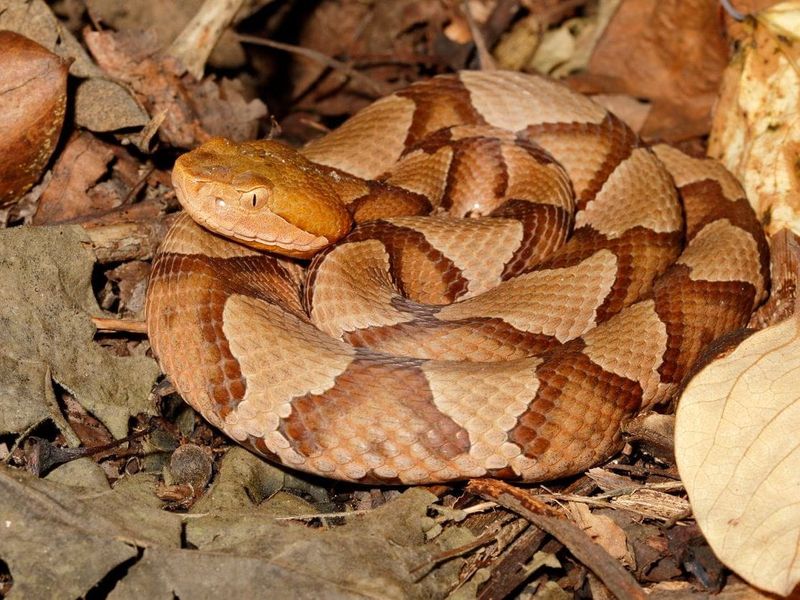
With its distinct coppery hue, the copperhead snake is a master of disguise among the leaves. Found in wooded areas across the eastern U.S., their bites, though rarely fatal, can be extremely painful.
Copperheads rely on their camouflage to avoid detection, often remaining still when approached. This behavior makes accidental encounters more likely.
Fun tidbit: Copperheads are one of the few snakes that give birth to live young, rather than laying eggs.
Moose
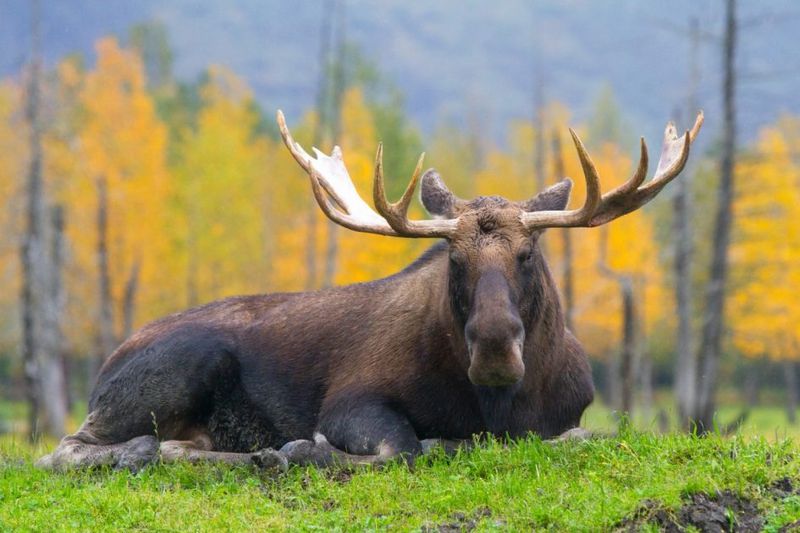
Encountering a moose in the wild is awe-inspiring. These giants, found in places like Alaska, are the largest members of the deer family. Despite their size, moose are surprisingly agile swimmers.
While generally docile, moose can become aggressive if provoked or during mating season. Their antlers and hooves are formidable weapons.
Did you know? Moose are excellent swimmers and can even dive underwater in search of aquatic plants.
Coyote
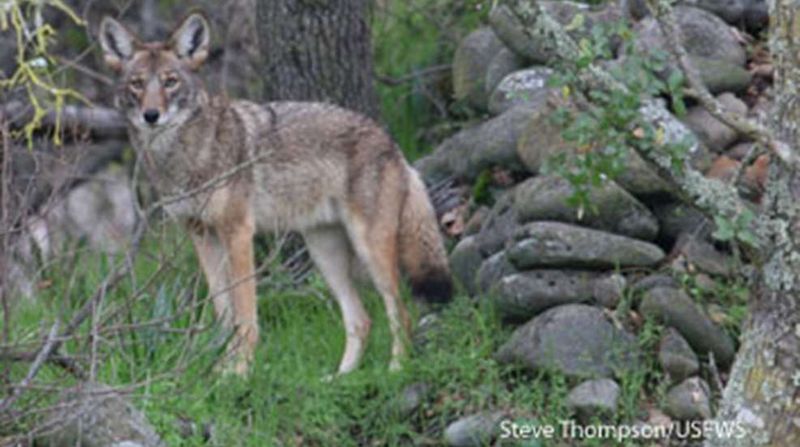
Coyotes, once limited to the prairies, have adapted well to urban environments. These clever canines are now a common sight in suburban areas, where they scavenge for food.
While they pose little threat to humans, small pets can become targets. Understanding their behavior is key to coexisting peacefully.
Interesting fact: Coyotes communicate with a series of howls, yips, and barks, creating a chorus that can be heard for miles.
American Black Widow
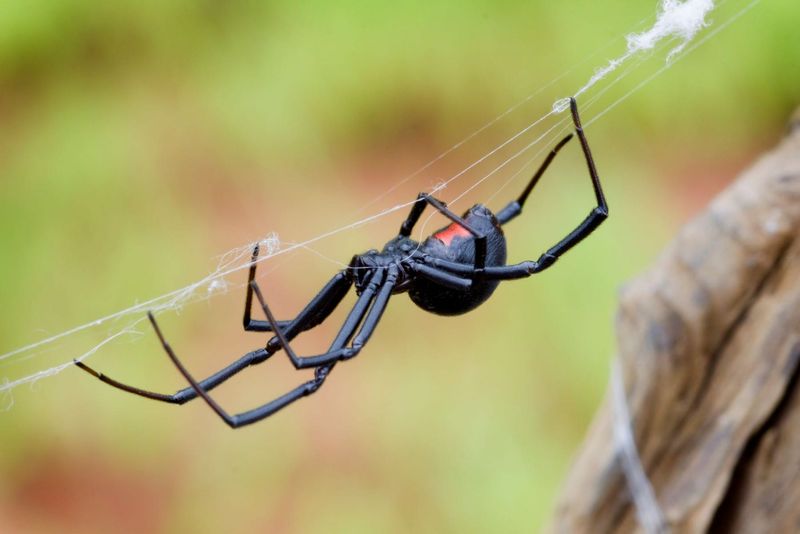
The sinister appearance of the black widow spider is enough to give anyone pause. Found in dark corners and quiet spots, their bite can cause severe pain and muscle cramps.
Despite their reputation, black widows are shy and rarely bite unless provoked. Taking care when reaching into hidden areas can prevent encounters.
Did you know? Only the female black widow is dangerous to humans; males are much smaller and harmless.
Brown Bear
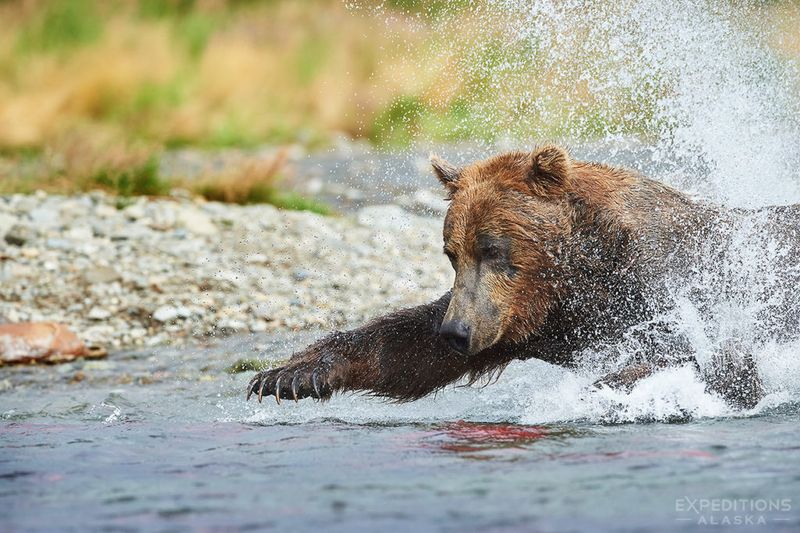
With a fishing skill that rivals any human angler, the brown bear is a dominant force in Alaskan rivers. These massive creatures are often seen catching salmon during spawning season.
While generally avoiding humans, brown bears can become aggressive if their personal space is invaded. Giving them a wide berth is essential.
Fun fact: Brown bears can consume up to 90 pounds of food daily to prepare for hibernation.
Great White Shark
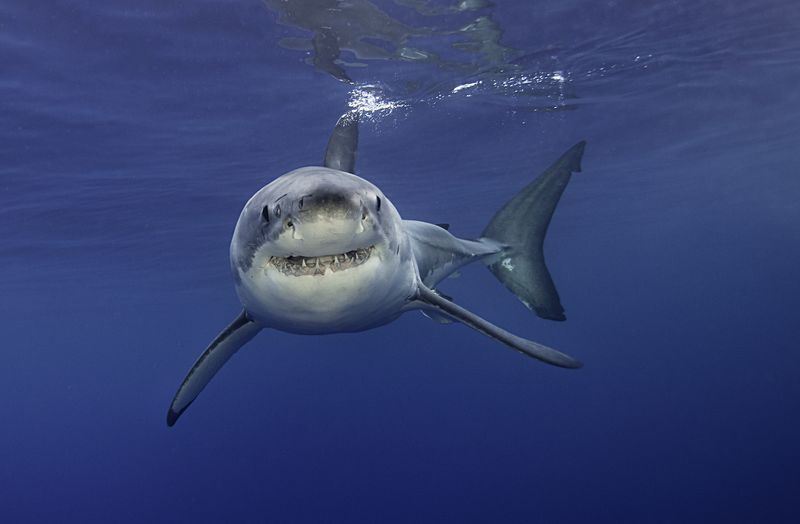
Beneath the waves, the great white shark prowls the coastal waters, a true apex predator. Found along the Pacific coast, these sharks occasionally mistake surfers for seals.
While attacks are rare, the power of a great white is awe-inspiring. Their role in marine ecosystems is crucial, keeping populations of other marine species in check.
Did you know? Great white sharks can detect a drop of blood in 25 gallons of water, showcasing their incredible hunting adaptations.
Polar Bear

The polar bear, king of the Arctic, is a powerful predator. Living on the ice floes, these bears have adapted to a life of cold and scarcity.
Encounters with polar bears are rare, yet their curiosity and size make them a formidable presence.
Did you know? Polar bears have black skin underneath their white fur, aiding in heat absorption.
Bald Eagle
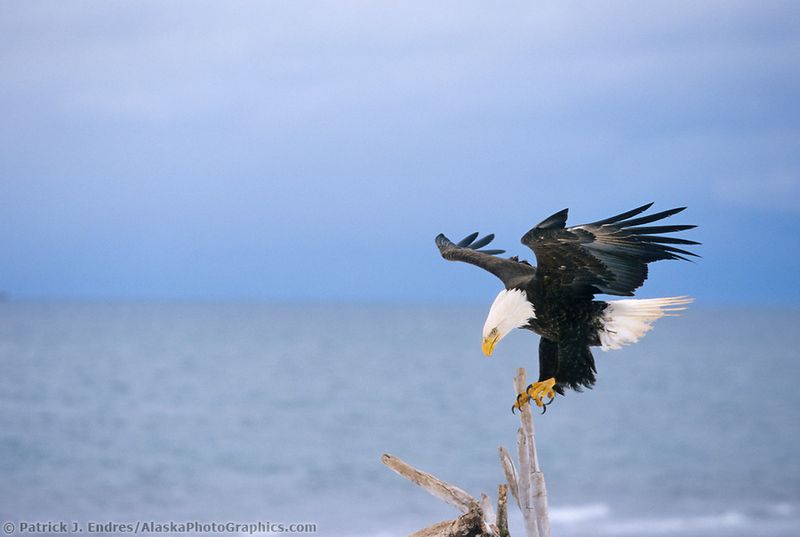
The bald eagle, symbol of American freedom, soars gracefully through the skies. Found near large bodies of open water, these raptors are expert fishers.
While they pose no threat to humans, their powerful talons make them effective hunters.
Fun fact: Bald eagles are not actually bald; the name derives from an old English word meaning “white head.”
Wolverine
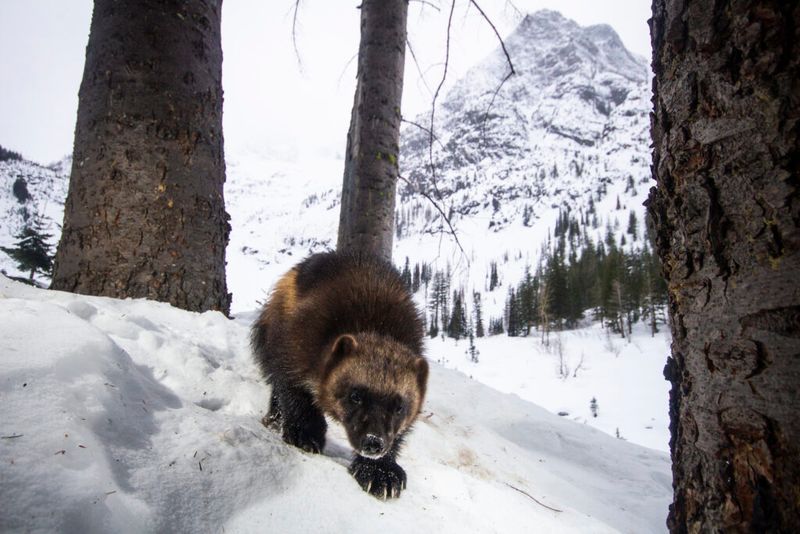
With a reputation for ferocity, the wolverine is a formidable creature. Found in the northern forests, these solitary animals are known for their strength and tenacity.
Wolverines are elusive and prefer remote wilderness, yet they can take down prey much larger than themselves.
Did you know? Wolverines emit a strong odor from scent glands, earning them the nickname “skunk bear.”
Puma
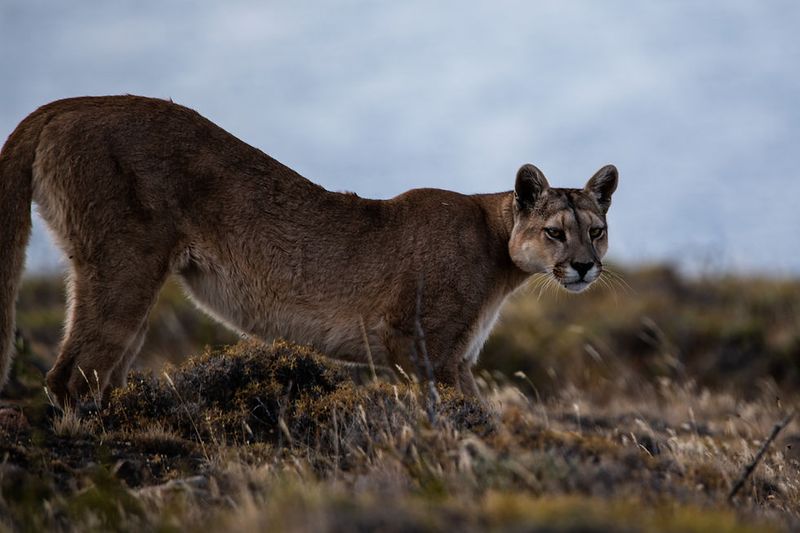
The puma, also known as the cougar or mountain lion, is a versatile predator. From the forests to the swamps, these cats are masters of adaptation.
Though they tend to avoid humans, encounters can occur as habitats shrink. Their stealth and speed make them formidable hunters.
Fun fact: Pumas can vary in color, from tan to gray, adapting to their environment.
Jaguar
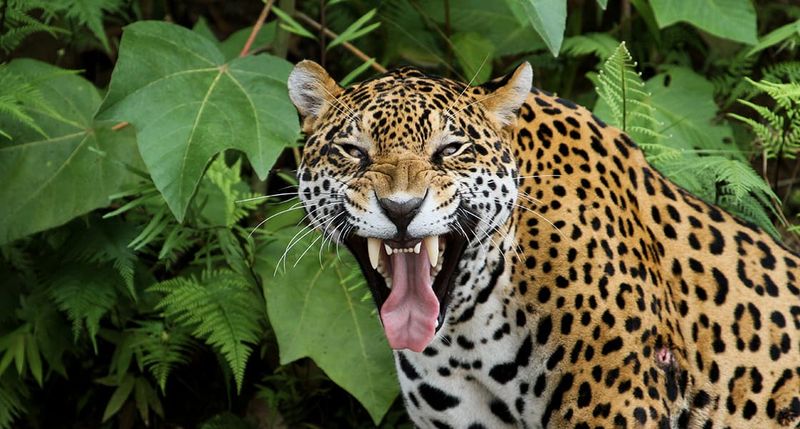
In the dense rainforests, the jaguar reigns supreme. These powerful cats are known for their strength and ability to swim.
While primarily found in Central and South America, their range once extended into the southern U.S.
Interesting tidbit: Jaguars have the strongest bite of any big cat, capable of crushing skulls with ease.
Gray Wolf
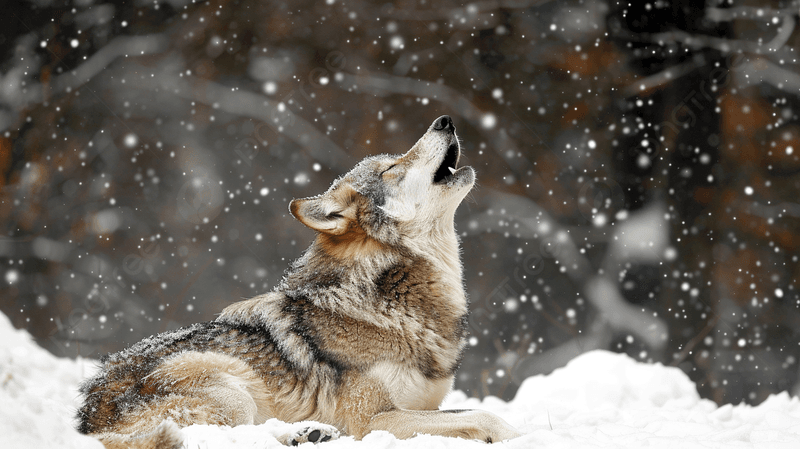
The haunting howl of the gray wolf evokes a sense of wilderness. Once widespread, these pack animals are now primarily found in protected areas.
Wolves are social creatures, with complex family structures and communication methods.
Did you know? Wolves communicate through body language, vocalizations, and scent marking, maintaining strong pack bonds.
Bobcat
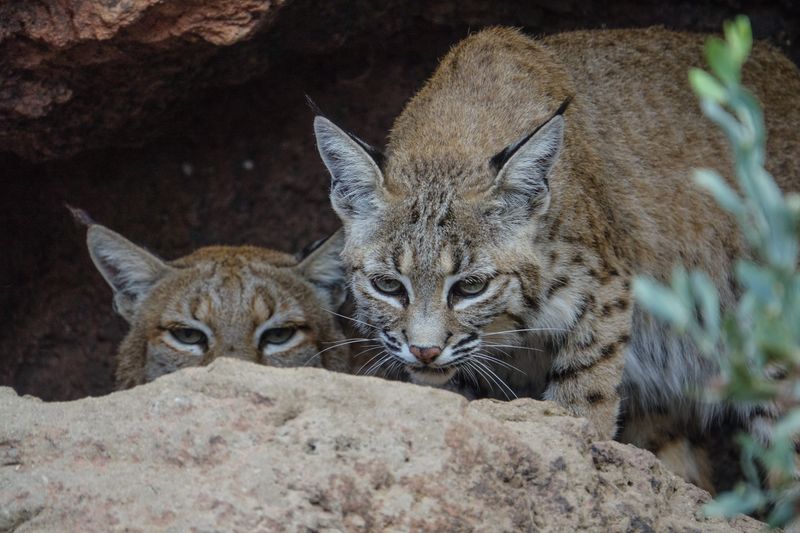
With its tufted ears and keen senses, the bobcat is a master of stealth. These adaptable felines thrive in diverse habitats, from forests to deserts.
Bobcats are solitary hunters, often preying on small mammals and birds.
Interesting fact: Bobcats can leap up to 10 feet in a single bound, showcasing their agility and strength.
Eastern Diamondback Rattlesnake
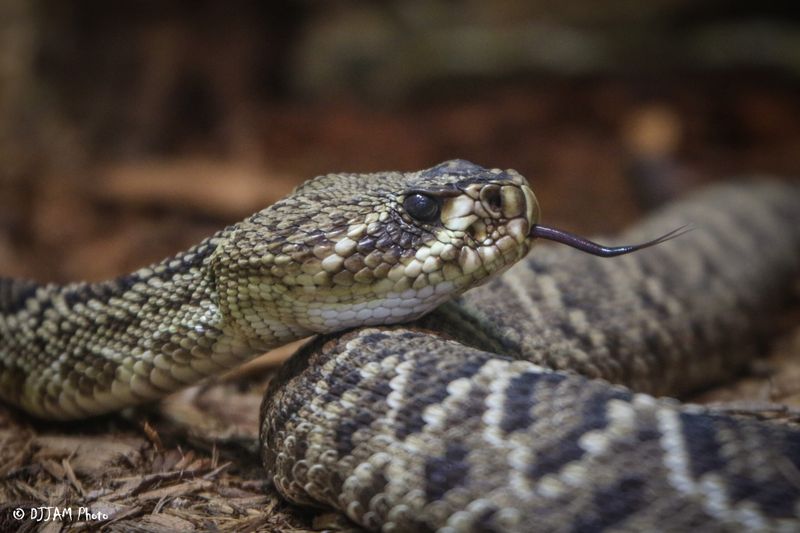
The Eastern diamondback rattlesnake is a formidable presence in the southeastern U.S. Known for its striking diamond pattern, this snake is highly venomous.
Their rattle serves as a warning, allowing humans and animals to keep their distance.
Did you know? The Eastern diamondback is the largest rattlesnake species, capable of reaching lengths of over 8 feet.
Wild Boar
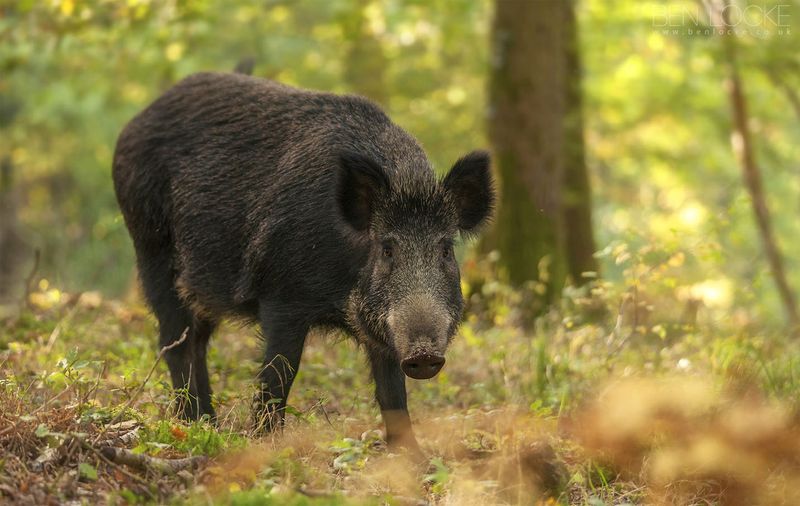
With a menacing grunt and a formidable build, the wild boar commands respect in the woods. These creatures are not just pigs gone wild; they are agile and aggressive when provoked. Often found rooting in the underbrush, their sharp tusks can inflict serious harm.
Imagine a hiker stumbling upon a boar with piglets. The protective parent will charge without hesitation, defending its young with fierce determination. Caution is key when these animals are nearby.
Did you know? Wild boars can run up to 30 miles per hour, making them surprisingly swift adversaries.

